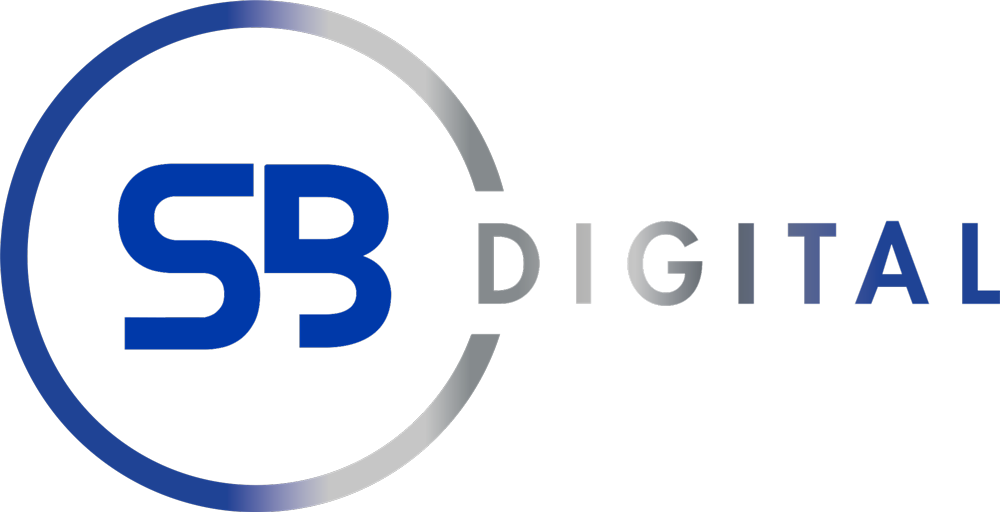Pay per click (PPC) campaigns are a great way to boost your online visibility and fill digital sales funnels. They help channel more online traffic to business sites, making them a vital aspect of any digital marketing strategy.
It works by bidding on advertising placement. When your ad is put up and a person clicks on it to get to your landing page, you pay the advertiser an agreed amount per click. The rate is in constant flux as auctioning happens in real-time. Businesses will set a maximum cost per bid to determine what kind of budget they will expend on this. They will also have to factor in the cost of making an advert and facilitating the website which online users will be funnelled to.
Types of PPC Campaigns
1.Search Ads
The most famous of these would be Google Ads. They are text ads you see when you have search results come up. They can appear at the top or bottom of the page. They are distinct from organic search results thanks to the word “Ad” that is tagged just before the URL. They are however still highly effective in attracting clicks, as most online users are more focused on finding useful providers.
In setting up search ads, the first consideration is the choice of keywords. These need to be relevant to what your business offers and what terms your prospective clients would use to search for the same product or service. Long-tail keywords are the best option as they drive more relevant leads to your site. They also come at a cheaper rate that is more manageable for most businesses.
To improve placement, you will need to bid at a good rate and achieve a high quality score. A quality score is how the search engine rates your ad in terms such as relevancy to the user’s search query and click through rate (CTR).
2.Social Media Ads
Social media platforms have billions of users offering a massive pool of potential leads for businesses. There are many platforms to choose from with YouTube, Facebook, Pinterest, and Twitter leading the pack.
In choosing which platform to advertise on, you need to consider where your target audience is most likely to frequent. Once you narrow down your choice of platform, the next step is to consider what formats of adverts they facilitate. Then you can work on developing suitable advertising for your business.
Social ads are great for targeted marketing. This is because in registering a social media account, ample data is collected. This data can be used to map the parameters of the audience you want to see your ads that is most relatable to potential buyers. You can define such factors as:
- Location
- Demographics
- Interests
- Education
Depending on the platform, you may be able to further refine your audience. For instance, with YouTube, one can choose to target either an affinity or in-market audience. Affinity audiences are those who are at the beginning stages of the sales funnel with a general interest in the category of products or services you offer. In-market audiences are further along in the sales funnel, actively seeking to purchase said products or services
Facebook allows businesses to further refine their target audience by behaviour. They track such patterns devices used to access the platform, previous purchases and locations tagged. Businesses can also choose to target potential buyers that have visited their pages but are not followers.
Instagram is another powerful platform that businesses should not ignore. Much like Facebook businesses can set up ads to be targeted at audiences based on demographics, location, interests, and behaviours. You can set your maximum bid and goals for your ads.
Twitter Ads are priced based on an auction model. The platform offers several bidding models that allow you to set a maximum budget per day or for the entire campaign. Here you can define your target audience by location, language, gender, interests, keyword use, and followers.
3.Retargeting Ads
These are ads that seek to reengage previous visitors to your website. These visitors likely visited your site but did not end up buying your product or service. Possibly they are considering their options or were not ready to make a purchase yet.
Retargeted ads are a reminder to these online users about your brand and encourage them to investigate further by clicking back through to your site. Google makes use of tracking pixels to help boost this campaign.
They determine what parts of your site were viewed to learn what particular products or services the user was interested in. This then allows you to set up your ads so they see more of that product or service. This offers an opportunity to re-engage with the user and hopefully convert them.
4.Display Ads
These ads can take the form of banners, images, texts or videos that appear on a wide variety of websites and target specific audiences. Once the online user clicks on the ad, it takes then to your website. This type of PPC offers a much lower CTR than search or social media ads. But they can help in boosting brand awareness.
Google Display Network is the most popular choice as it has an outreach of up 90% of internet users. It is set up to work much the same way as Google Ads campaigns. You can start with keywords, defining the products your offer and your target audience. Image ads with text are standard. The ads will appear on sites that have similar audiences to what you have indicated and content that includes your keywords. They will also need to have agreed to be part of the network.
